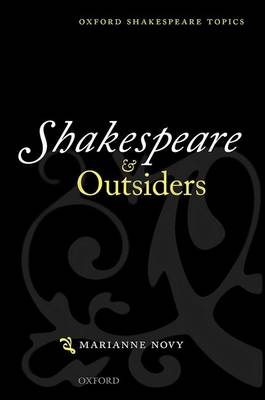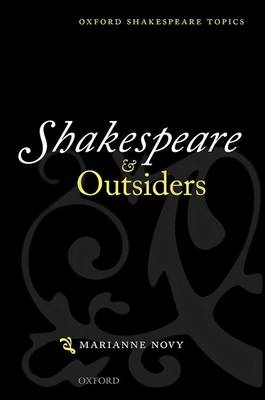
- Retrait gratuit dans votre magasin Club
- 7.000.000 titres dans notre catalogue
- Payer en toute sécurité
- Toujours un magasin près de chez vous
- Retrait gratuit dans votre magasin Club
- 7.000.000 titres dans notre catalogue
- Payer en toute sécurité
- Toujours un magasin près de chez vous
133,95 €
+ 267 points
Format
Description
Some of Shakespeare's most memorable characters are treated as outsiders in at least part of their plays--Othello, Shylock, Malvolio, Katherine (the 'Shrew'), Edmund, Caliban, and many others. Marked as different and regarded with hostility by some in their society, many of these characters have become icons of group identity. While many critics use the term "outsider," this is the first book to analyse it as a relative identity and not a fixed one, a position that characters move into and out of, to show some characters affirming their places as relative insiders by the way they treat others as more outsiders than they are, and to compare characters who are outsiders not just in terms of race and religion but also in terms of gender, age, poverty, illegitimate birth, psychology, morality, and other issues. Are male characters who love other men outsiders for that reason in Shakespeare? How is the suspicion of women presented differently than suspicion of racial or religious outsiders? How do the speeches in which various outsiders stand up for the rights of their group compare? Can an outsider be admired? How and why do the plays shift sympathy for or against outsiders? How and why do they show similarities between outsiders and insiders? With chapters on Merchant of Venice, Twelfth Night, Othello, King Lear, The Tempest, and women as outsiders and insiders, this book considers such questions with attention both to recent historical research on Shakespeare's time and to specifics of the language of Shakespeare's plays and how they work on stage and screen.
Spécifications
Parties prenantes
- Auteur(s) :
- Editeur:
Contenu
- Nombre de pages :
- 224
- Langue:
- Anglais
- Collection :
Caractéristiques
- EAN:
- 9780199642366
- Date de parution :
- 24-08-13
- Format:
- Livre relié
- Format numérique:
- Genaaid
- Dimensions :
- 206 mm x 142 mm
- Poids :
- 365 g







